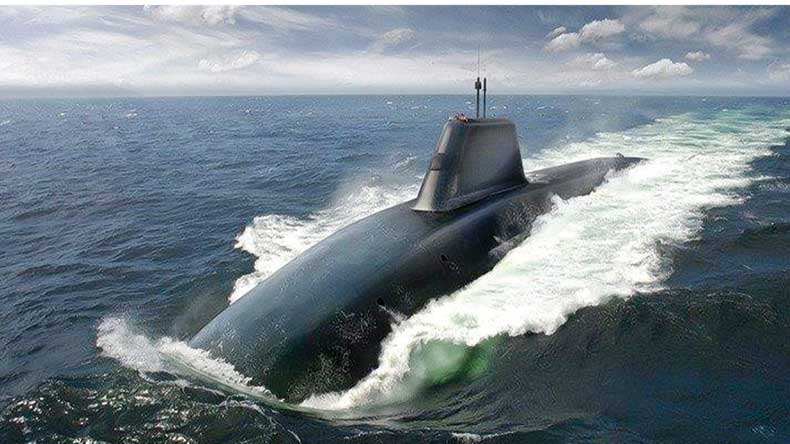UK’s Ministry of Defence this week updated Parliament on “the United Kingdom’s future nuclear deterrent”. The Dreadnought submarine programme is the UK’s programme to replace the four Vanguard Class ballistic missile submarines (SSBNs) that carry the UK’s current independent nuclear deterrent. The four new SSNB submarines will deliver the British government’s commitment to maintain a “continuous at sea deterrence” posture into the 2050s and beyond. The successor submarines have been officially named the Dreadnought Class. The programme is the largest UK submarine project in a generation and is one of the most complex undertaken by British industry; the expected cost for design and manufacture of the four Dreadnought submarines is likely to total £31Bn (including inflation over the 35-year lifetime of the programme).
Although the MOD has contracted directly with BAE Systems and Rolls-Royce for production, hundreds of suppliers across the UK are working on the Dreadnought submarine programme. This underlines that the nuclear deterrent represents a significant national undertaking. It is drawing on cutting edge capabilities, innovation, design and engineering skills available in the UK and providing employment opportunities and development
The UK and the US renewed the 1958 Mutual Defence Agreement (MDA) in 2014. Some elements are time-limited and therefore require periodic amendment and renewal. The MDA underpins all nuclear defence co-operation between the UK and the US. It allows the exchange of nuclear materials, technology and information between the two states. The MDA is of considerable mutual benefit to the UK and US, and allows the UK to reduce the cost of maintaining its capability significantly, while retaining an independent nuclear deterrent.
Collaboration with the US on nuclear propulsion and the strategic weapon system continues. This includes the Trident D5 missile, Common Missile Compartment, and associated navigation, fire control and launch systems. The missile tubes for the Dreadnought programme are being procured as part of the collaboration with the US Department of Defense on the Common Missile Compartment project. A decision on replacing the UK warhead may be required in this Parliament or early in the next. The ability to develop a replacement warhead will include important technical co-operation between UK and US under the auspices of the 1958 MDA.

